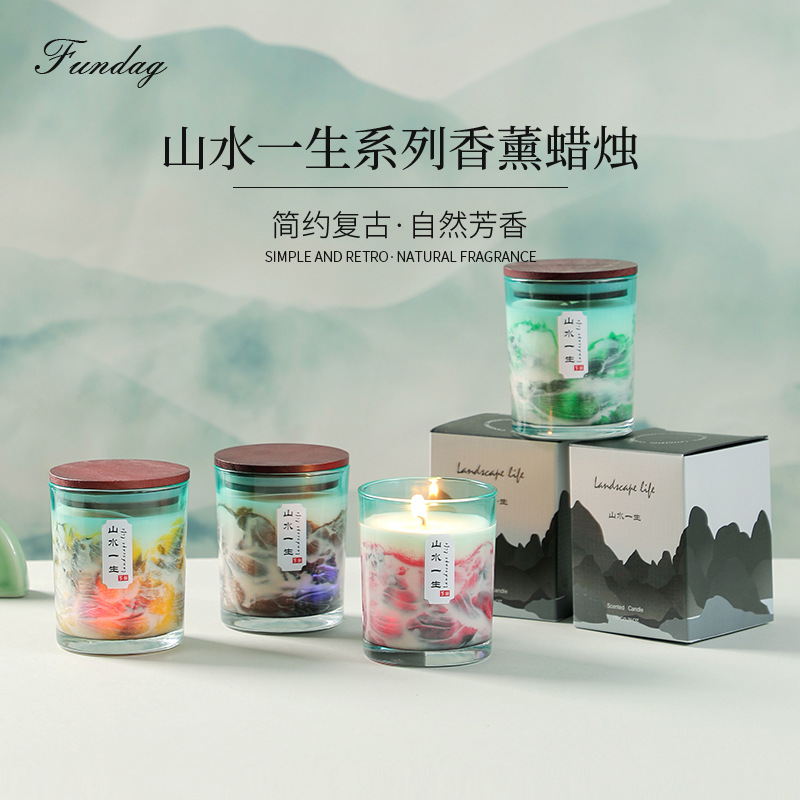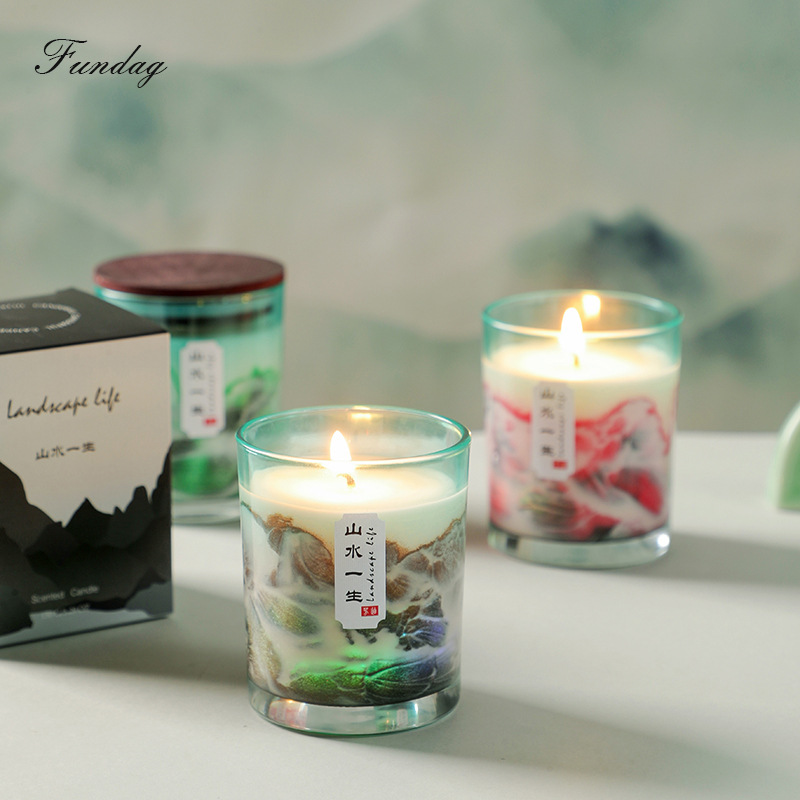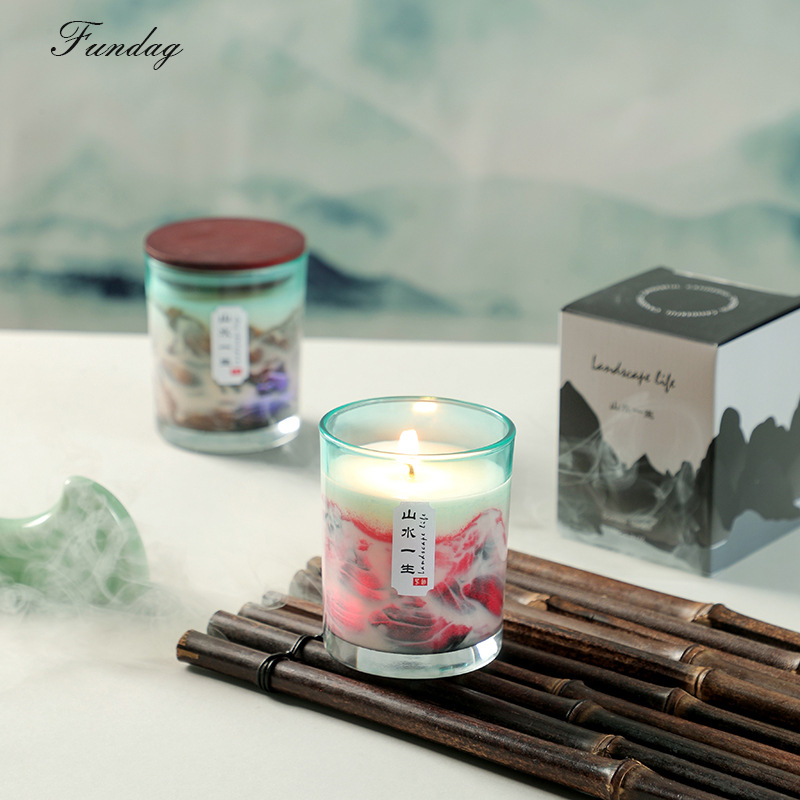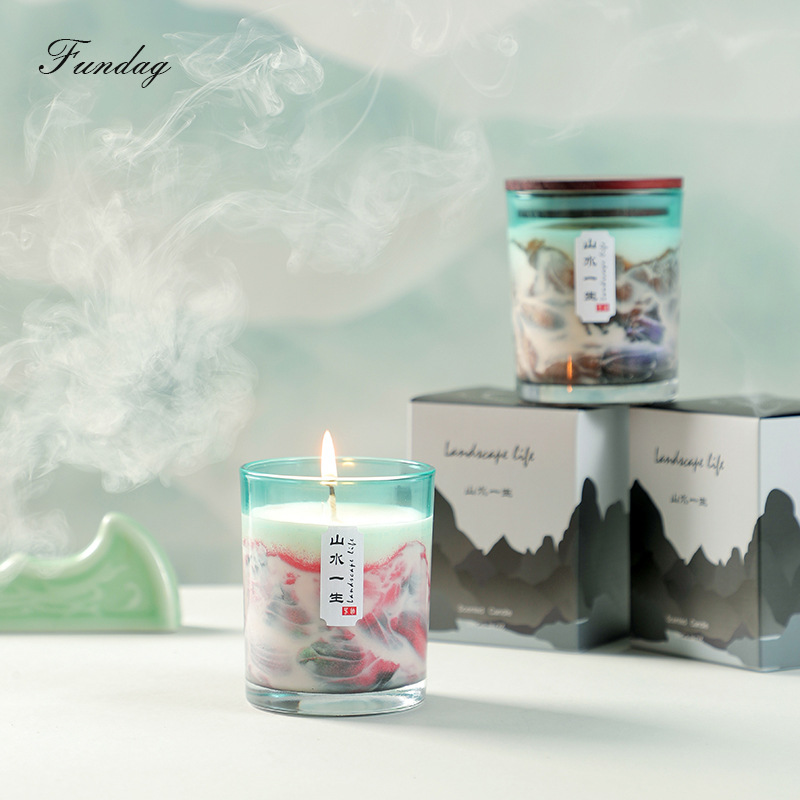Chinese Aromatherapy Culture: Smell Art Inherited for Thousands of Years
Chinese Aromatherapy Culture: Smell Art Inherited for Thousands of Years

In the long history of China, aromatherapy culture, as a unique art form, carries rich cultural connotations and profound emotional sustenance. From the official fragrances of ancient royal families and nobles to the fragrance products in modern people's daily lives, Chinese aromatherapy culture, with its unique charm, spans thousands of years and still exudes fragrance.
Ancient Aromatherapy: A Luxury Enjoyment Used by the Royal Family
As early as ancient times, aromatherapy had become an indispensable part of the lives of the royal family and nobles. Precious spices such as ambergris and agarwood are not only symbols of status, but also a spiritual enjoyment. These spices are carefully blended into various fragrances through complex production processes, used for rituals, celebrations, court ceremonies, and daily incense burning, creating a solemn and mysterious atmosphere. In the poetry and songs of ancient literati, there are also praises and aspirations for the beauty of aromatherapy.

Modern Renaissance: The Rise of Chinese Fragrances
With the development of the times, Chinese aromatherapy culture has not disappeared due to historical changes, but has ushered in a new revival in modern society. In today's collision and integration of globalization and local culture, Chinese fragrances have become a clear stream in the consumer market with their unique cultural charm and sensory enjoyment. From incense, fragrant pills to perfume and fragrant candles, Chinese fragrance products meet the needs of different consumers with their diversified forms and rich cultural connotations.

In Yiwu City, Zhejiang Province, as the center of China's small commodity market, Yiwu Wanchengxiang Crafts Co., Ltd. is a leader in this wave of revival. The company is located in Zone 4 of Yiwu International Trade City, China. With its rich product line and high-quality products, it has won widespread praise from domestic and foreign customers. The main products, such as perfume, fragrance, car perfume, essential oil, car fragrance, bedroom fragrance, not only inherit the essence of traditional fragrance culture, but also integrate modern technology and design concepts, so that the ancient fragrance art can be revitalized.

Cultural Inheritance and Innovation: The Unique Charm of Chinese Fragrances
The revival of Chinese fragrances is not simply a retro style, but a process of continuous innovation in inheritance. On the one hand, Chinese fragrances adhere to traditional techniques and formulas, preserving their unique cultural charm and aroma characteristics; On the other hand, Chinese fragrances actively absorb modern technology and design concepts, improve and innovate products to meet the needs of modern consumers. For example, Chinese spices such as Aconitum carmichaelii, Osmanthus fragrans, Gardenia jasminoides, and Artemisia argyi are increasingly being used in modern fragrance formulas, forming a unique Chinese aesthetic of scent.
In addition, Chinese fragrances also focus on cross-border cooperation with fashion, art and other fields, enhancing the added value and attractiveness of products through co branded products, limited editions and other forms. In terms of inheritance, Chinese fragrance enterprises actively explore and organize traditional fragrance formulas and production techniques, and promote fragrance culture to the public through holding fragrance culture lectures, offering fragrance experience courses, and cultivating more fragrance enthusiasts and inheritors. At the same time, we cooperate with universities, research institutions, and other organizations to carry out academic research and talent cultivation on fragrance culture, providing strong support for the inheritance and development of Chinese fragrances.
Market prospects: Blue ocean of olfactory economy
With the upgrading of consumption and the transformation of aesthetic concepts, consumers are increasingly inclined to choose products that can reflect their personal taste and cultural identity. Chinese fragrances have successfully attracted the attention of a large number of young consumers with their unique aroma language and cultural symbols. According to statistics, the market size of China's aromatherapy industry is expected to reach approximately 18.15 billion yuan in 2023, a year-on-year increase of 24.25%, and is expected to continue its rapid growth trend in the coming years. The revival of Chinese fragrances has not only sparked a craze in the domestic market, but also begun to enter the international market, becoming an important carrier for showcasing the charm and charm of traditional Chinese culture.
In short, as a millennium old olfactory art, Chinese aromatherapy culture has radiated new vitality and energy in modern society. Chinese fragrances, constantly evolving through inheritance and innovation, not only provide consumers with unique olfactory enjoyment, but also create richer consumer experiences through cultural empowerment and scene creation. With the continuous development of the "olfactory economy", Chinese fragrances are expected to become a new "blue ocean" for consumer growth, contributing new strength to China's cultural confidence and economic development.












